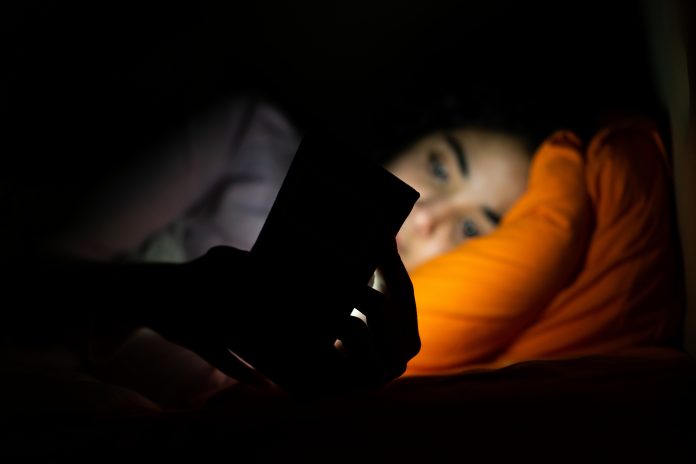Research released from the University of Georgia shows the dark and dangerous way in which many young people are using social media platforms to share images of self-harm
The influence that social media has over young people’s lives and the dangers it can cause is a topic that causes many a heated debate, and it looks like this won’t be changing any time soon.
With recent statistics showing that between January and December 2020, hashtags relating to self-injury rose from around 68,000 to more than 110,000, it appears social media is continuing to pose a significant danger to the mental health of today’s youth.
What is self-harm?
Mind UK defines self-harm/ injury as when an individual ‘harms themselves as a way of dealing with very difficult feelings, painful memories or overwhelming situations and experiences.
Self-harm is used as a dangerous coping technique and with social media playing such an important role in young people’s lives, online forums have become a place to share and discuss various harming techniques, placing many teens in more vulnerable positions.
Previous research has shown that on a global scale around 17% of adolescents have intentionally harmed themselves at some point in their lives, and almost 1 in 6 US teens had engaged in self-harm in the last 12 months.
“1 in 6 US teens had engaged in self harm in the last 12 months”
Social media and wellbeing
Social media plays a huge role in the mental wellbeing of today’s youth, many vulnerable teens can easily find themselves in harmful online spaces that can influence them into believing harming themselves will help them.
Researchers found a correlation between those tagging posts with self-injury and harmful hashtags were also using similar tags associated with suicide, depression and eating disorders. These online spaces have been seen to quickly turn from being safe spaces to openly talk about personal struggles to a one used to promote and issue information on how to hurt oneself and effective ways to hide it from family and friends.
Amanda Giordano, lead author of the Universities study stated that “it’s really important for caregivers to be aware of when and how their children are using the internet.” With the average age of those experimenting with self-injury being 12 it is thought that many are first exposed to ideas and images of self-harm by age 10 or 11 either online or on TV.
Suicide and depression
Addressing the correlation between images of self-harm and ideas of suicide and depression, Giordano said “If we can teach emotion regulation skills and help individuals identify, label and express their emotions and cope with life’s adversities in effective ways, that could help prevent someone from engaging in self-injury. For parents whose children are on social media, this will likely mean the need for closer motoring of the content their children are digesting online and taking the time to maintain communication about social media and a more direct and open approach to mental health.
Online harms
If children are going to be allowed internet and social media access at an impressionable age, there needs to be greater safeguarding to protect them from harmful ideas and images. Companies like Instagram and TikTok need to ensure greater protection and censorship for younger viewers and perhaps provide a more comprehensive service to help those who are clearly struggling with self-harm and negative thoughts.
“Reaching out can feel hard, especially if you worry that people will judge you or you believe other people might not want to help you. Remind yourself that everyone needs support at different times and that it is OK to ask for help.” – Mind UK











